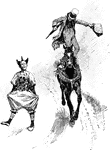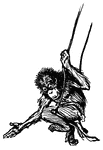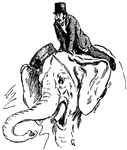Search for "CIRCUS"
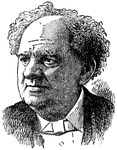
Phineas T. Barnum
(1810-1891) Entertainer that teamed up with Bailey to start the Barnum and Bailey circus.

Capuchin Monkey
Monkey, a word loosely applied to apes, baboons, Old and New World monkeys, marmosets and lemurs.
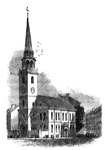
Old South
"The Old South. This venerable and venerated edifice, that stood through all the storms of the Revolution,…
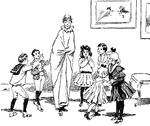
The Giant
"This may be done in two ways: first and most difficult, by one boy standing on another's shoulders,…
Venatio
"Venatio, hunting was the name given among the Romans to an exhibition of wild beasts, which fought…
Venatio
"Venatio, hunting was the name given among the Romans to an exhibition of wild beasts, which fought…
Venatio
"Venatio, hunting was the name given among the Romans to an exhibition of wild beasts, which fought…
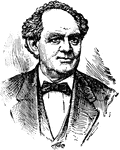
Phineas Taylor Barnum
(1810-1891) American showman famous for Barnum and Bailey Circus and "The Greatest Show on Earth."
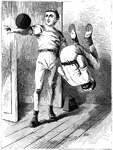
Strong Man
An illustration of a man holding an heavy ball with one arm and holding another man with the other.
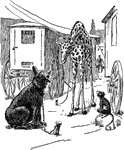
Giraffe Looking at Bear Cub Near Carts
An illustration of a giraffe looking at a young bear cub attached to a chain.

Marsh Hawk
"Circus cyaneus hudsonius. American Marsh Hawk, Harrier. Blue hawk. Adult Male: In perfect plumage pale…
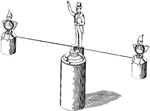
Wirewalking Toy
Tightrope walking is the art of walking along a thin wire or rope, usually at a great height. One or…

Flea Circus
An illustration of a group of fleas doing various activities seen in a circus. Some fleas are pulling…
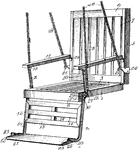
Porch Swing
A hanging seat, usually found in a playground for children, a circus for acrobats, or on a porch for…

Circus Maximus
"Chariot-racing was a favorite amusement, and the great circuses were arranged especially for such contests.…

